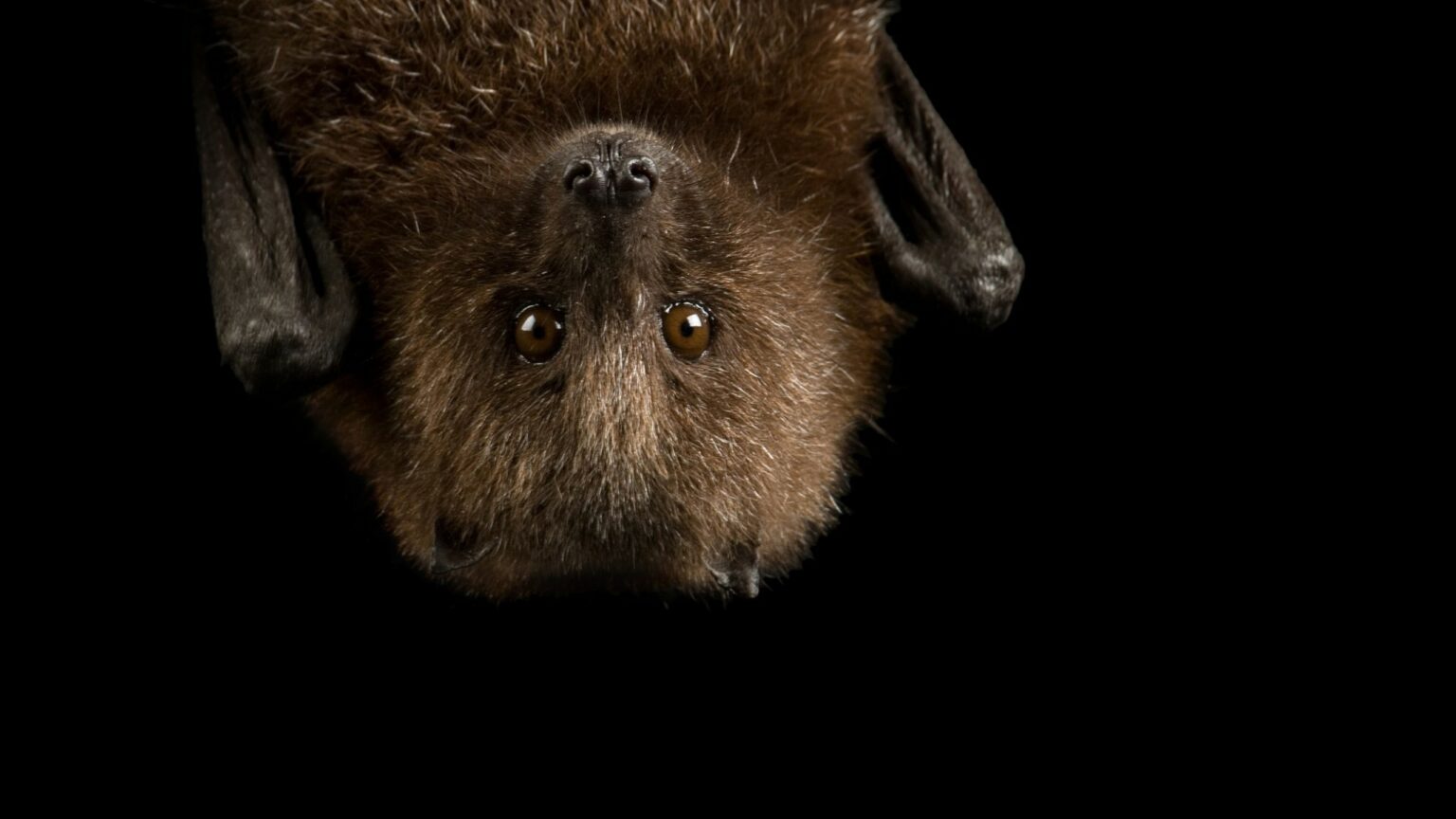Scientists are leveraging the power of artificial intelligence to decipher bat vocalizations, enabling the faintest possibility of communication with different species.
The groundbreaking AI, which was previously used for analyzing human languages and decoding ancient scripts, now holds promise in unraveling the mysteries of the animal kingdom.
Inspired by the fictional story of Dr. Dolittle, researchers are particularly intrigued by the vocal communication of bats. With the aid of AI, they aim to decode whatever information is conveyed in their communication, despite the challenges posed by complex vocalizations and background noise.
Deciphering animal communication
The intricacies of animal communication have long fascinated researchers. What information is conveyed in their vocalizations, and can humanity ever hope to make sense of their messages? The mystery has spurred scientists to explore the vast realm of animal communication in an attempt to bridge the gap between species.
Experts maintain that technical obstacles arise when creating AI systems for interpreting animal language. In an interview with the BBC on Tuesday Professor Yossi Yovel of Tel Aviv University outlined the significant challenges of conducting this type of research in the field.
“There are hundreds of bats vocalizing at the same time,” said Yovel. “One of the major questions we are interested in is how in this cacophany… how can you make any sense of what they are saying with so much background noise?”
In an attempt to gain further insight into the vocalizations Yovel and his team spent days recording the audio and video of the bats. The data was later used to create a database of sounds annotated with descriptions of the bats’ activity. This database of sounds tied to activity is what is being used to train the AI.
Yovel and his team are now able to use a microphone and AI to automatically detect what kinds of interactions the bats are having. When asked how close humanity is to a ‘Dolittle machine’ Yovel tempered expectations.
“I doubt if I will ever see such a machine in my lifetime, but AI is definitely taking us in that direction,” said Yovel.
While a Dolittle device remains elusive, research into the vocalizations is already bearing some fruit. The scientist working on the project have already been able to confirm that bat communication is far more sophisticated than previously thought.
Pioneering AI in animal communication
Earth Species Project (ESP), a nonprofit organization based in California, is at the forefront of AI-driven research in animal communication. ESP has harnessed machine learning systems to decode animal languages by analyzing patterns in behavioral ecology research.
Their work examines extensive data sets containing visual, oral, and physical animal communications. By identifying the conditions under which animals produce communication signals and studying the subsequent reactions, ESP aims to determine the signals influencing actions.
With advanced sensors and recording devices, researchers can collect immense amounts of data from various habitats, including previously inaccessible ones such as deep seas and mountaintops.
Experts can study bioacoustics (individual organisms) and eco-acoustics (entire ecosystems) through AI-powered analysis. ESP’s pioneering benchmark system, BEANS (BEnchmark of Animal Sounds), sets a standard for machine learning algorithms in bioacoustics research, enabling accurate classification and detection performance.
Linking animal communication to behavior
While AI facilitates pattern recognition, understanding animal communication requires that researches link sounds to behavior. Researchers like Karen Bakker from the University of British Columbia emphasize the importance of this connection. By correlating AI-driven analysis with behavioral responses, scientists can gain deeper insights into the purpose and meaning behind animal vocalizations. This comprehensive approach allows for a more nuanced understanding of animal communication.
The merging of AI and animal communication research represents a significant step toward realizing the dream of communicating with animals. The realization of that dream may still be some way off, but researchers are working on decoding the intricate languages of the animal world through AI pattern recognition.









 and then
and then